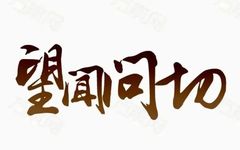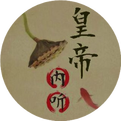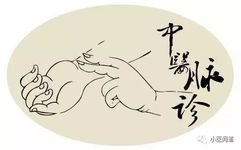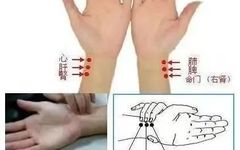Traditional Chinese Medicine: Beyond Pulse Diagnosis
The Nanjing states, “To know by observation is called spirit, to know by hearing is called sage, to know by questioning is called skill, and to know by palpation is called cleverness.” In Traditional Chinese Medicine (TCM), diagnosing a condition emphasizes “observation, listening, questioning, and palpation, integrating the four examinations.” So what is “palpation,” and … Read more

